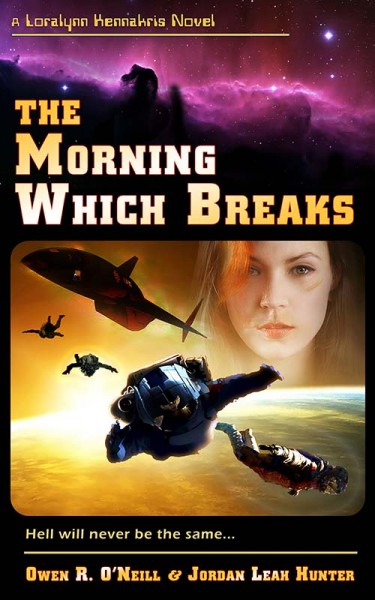We have two new chapters from Part 2 ready to release those who request them. Please leave a comment and let us know if you prefer PDF or Kindle format, and whether you would prefer to download them from the site or have us email them directly to you.
These two chapters (and probably the next one as well) are rather more infodump-ish than most. Infodumps are one of the main hazards of writing sci-fi. Larry Niven explained it nicely back in the early 70’s (or before) and a short bit I call “The X-ray Laser Problem.” Niven was writing a series of sci-fi mysteries at the time and he wrote the piece to lament that these were tricky. Say you have a locked-door murder mystery (his example). In contemporary fiction, the reader knows all the limitations and such, but in sci-fi, what if the bad guy had an x-ray laser that can shoot through walls?
You can’t just drop that on the reader at the end (if you want to still be read). If there are x-ray lasers in that universe, you have to say so and describe what they can do and what they can’t, and how this adds to the mystery. The problem arises though when the author gets carried away talking about his uber-cool x-ray laser. After all, he did research and exercised a bunch of creativity to invent the thing, and he naturally wants people to know all that. So he infodumps.
Back when Niven wrote his piece, there wasn’t much infodumping. At some point that changed and now some successful authors (David Weber comes to mind) have made infodumps part of their style. I don’t know how this came about (maybe it was Tom Clancy who showed that readers actually liked a wealth of technical detail), but the views on infodumps have evolved and are still evolving, and they seem to be getting more controversial again.



